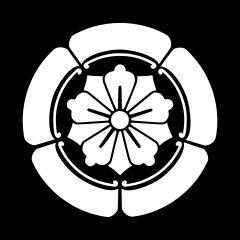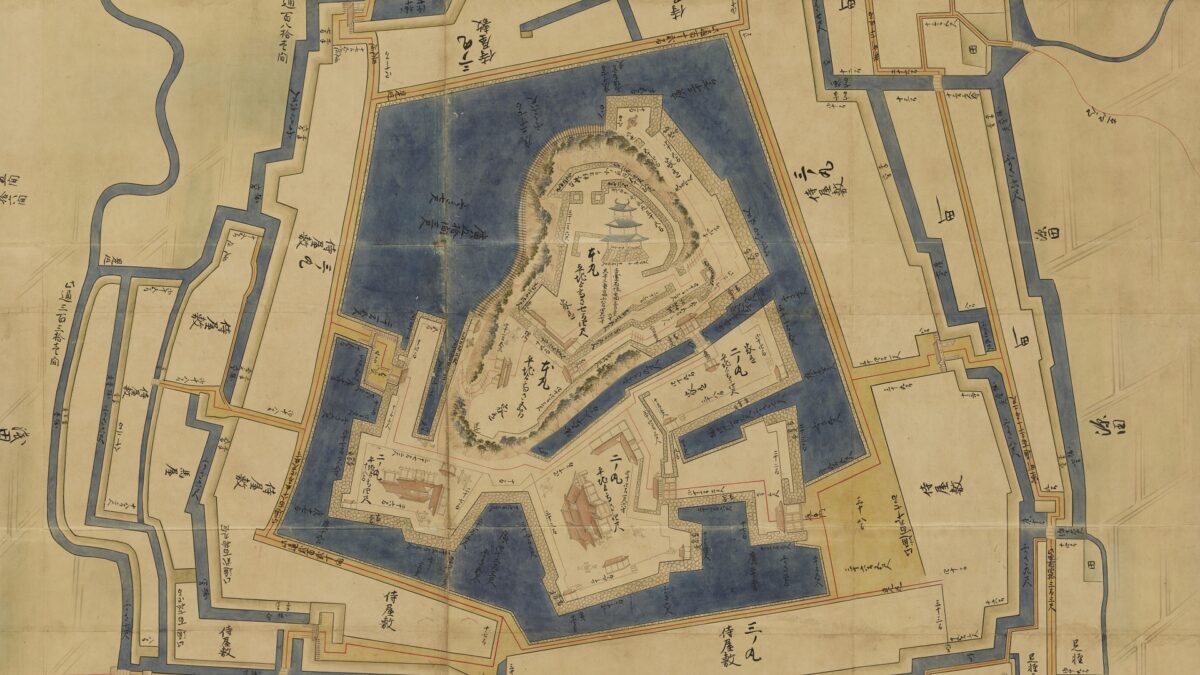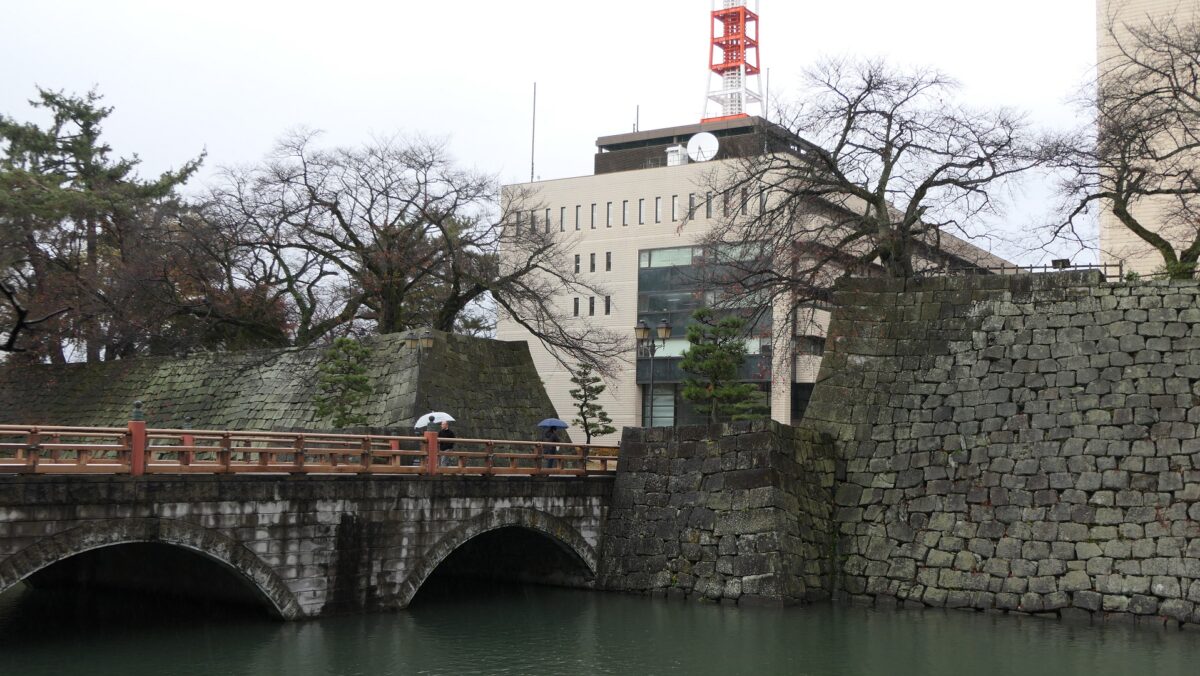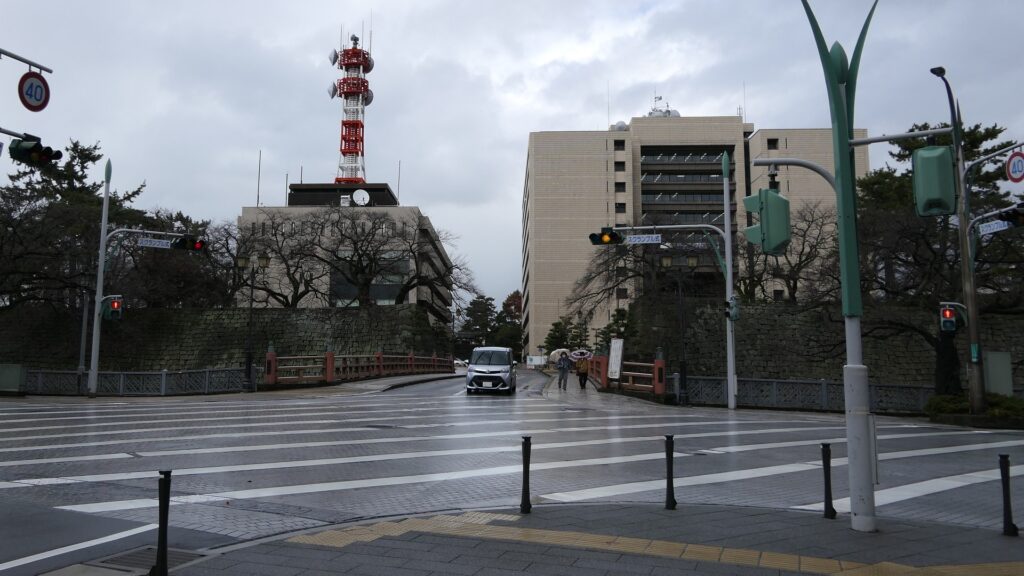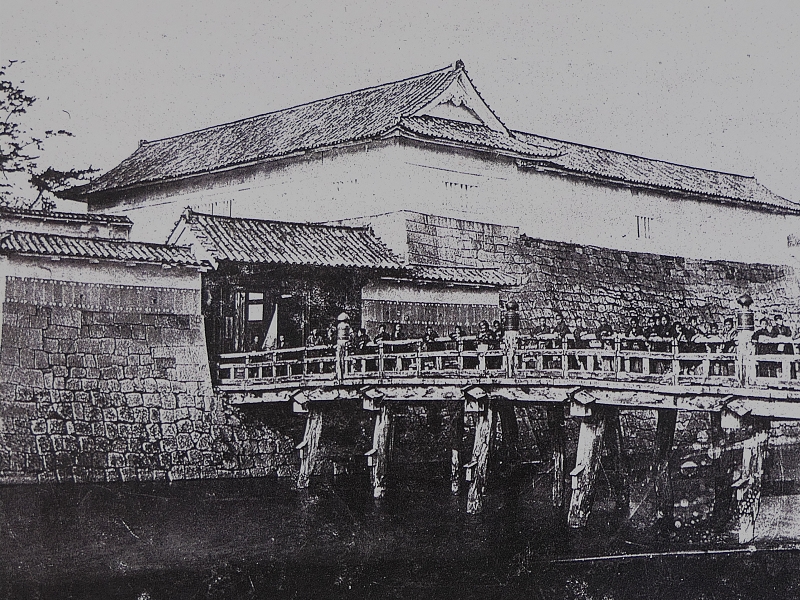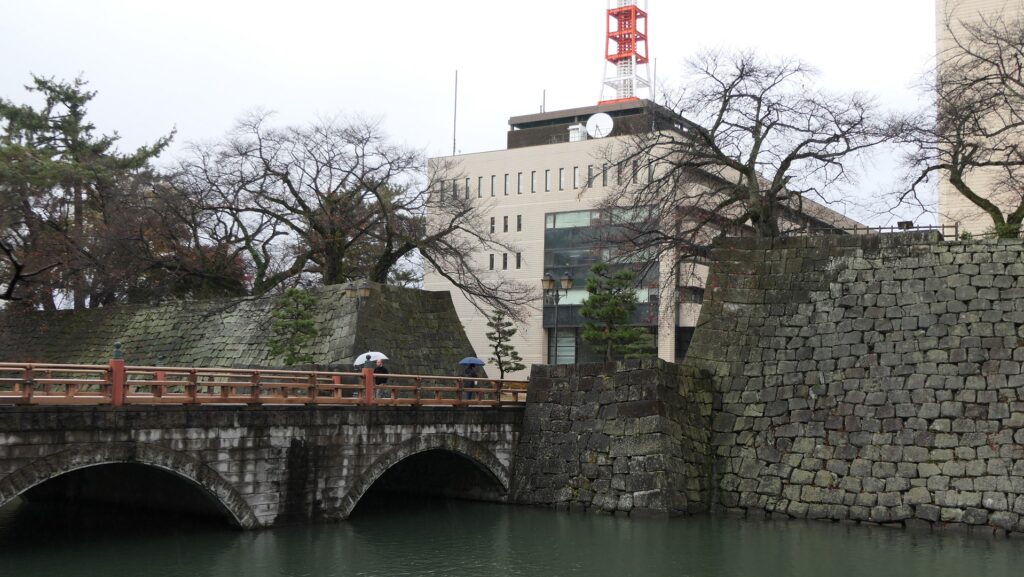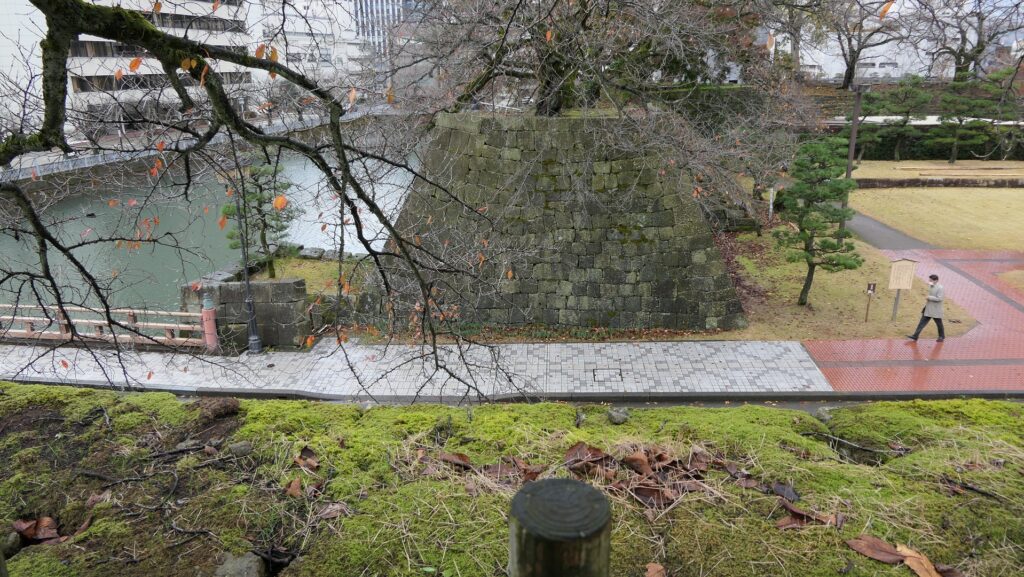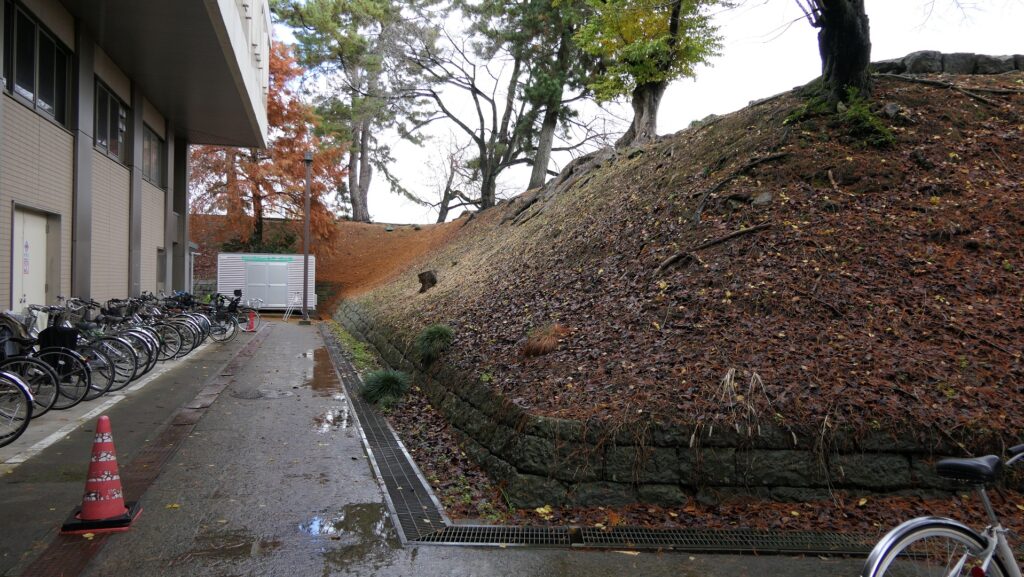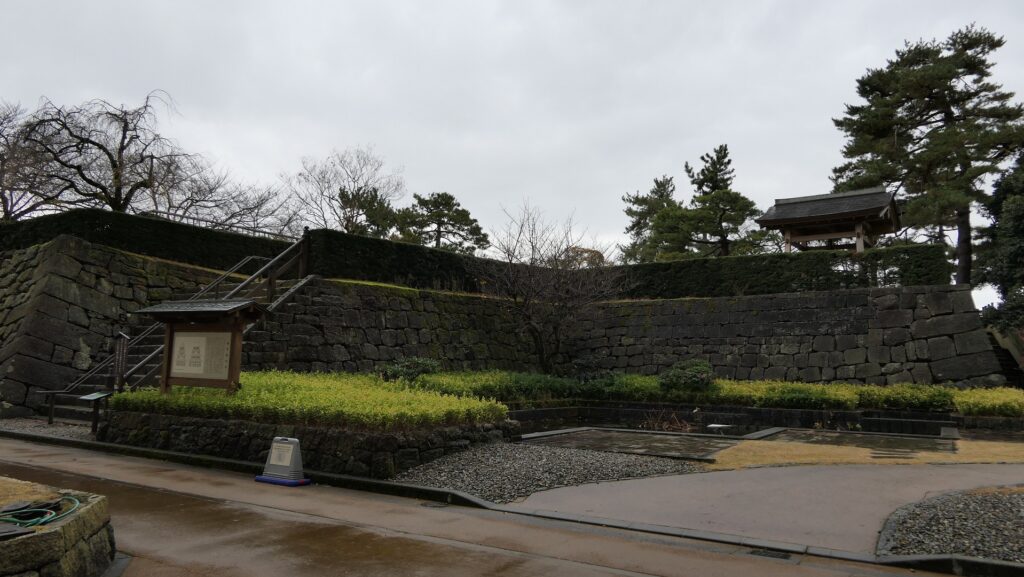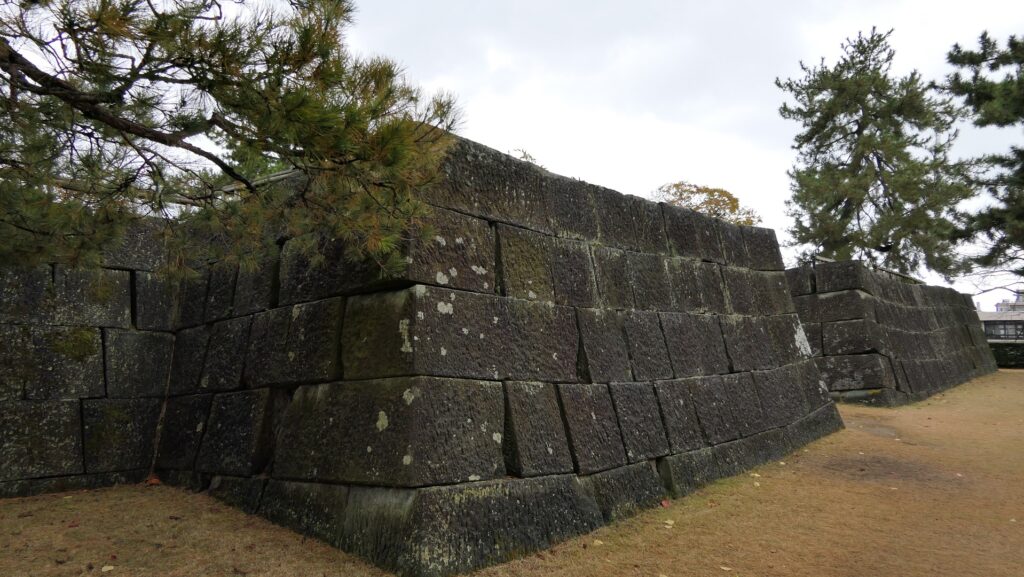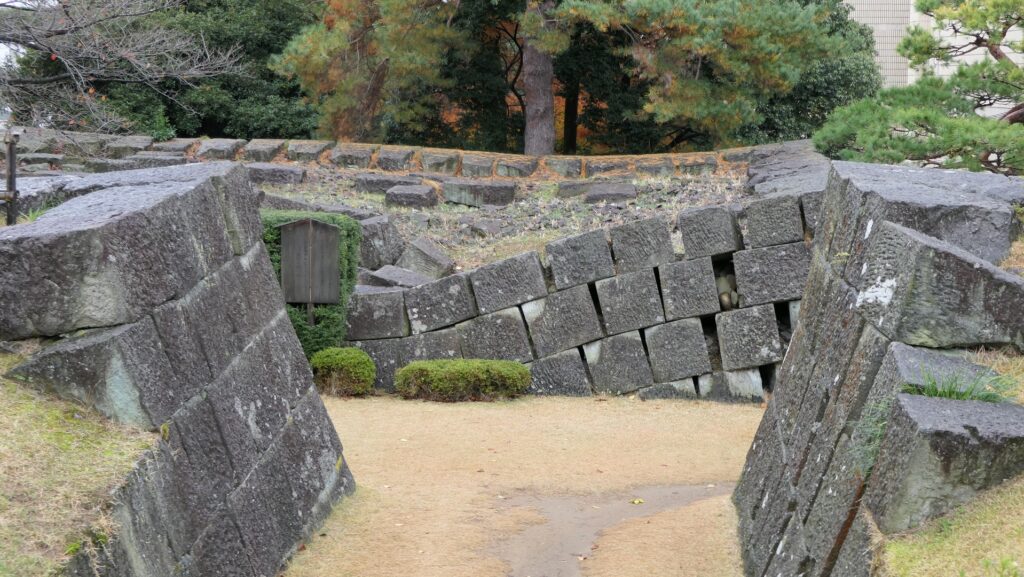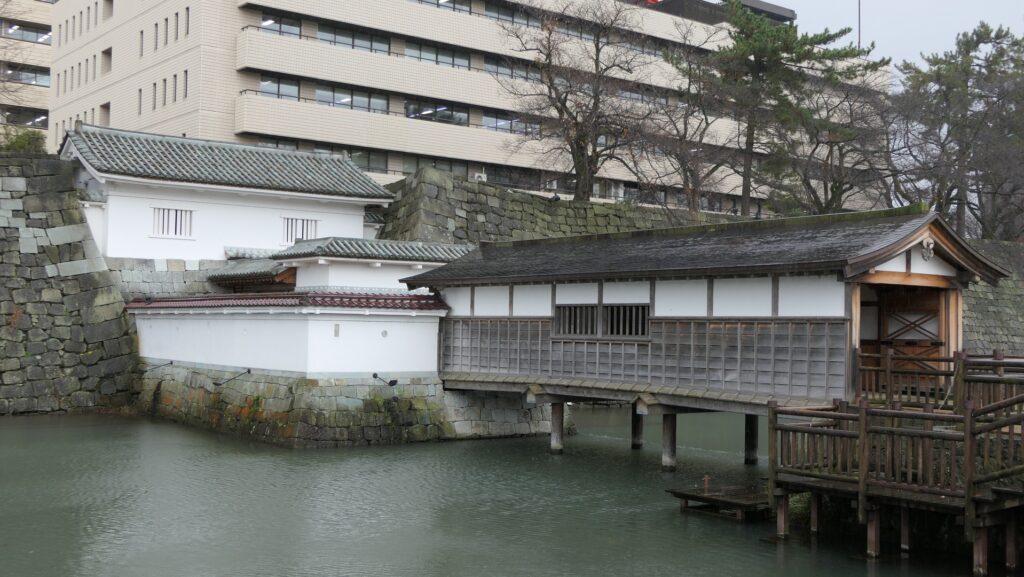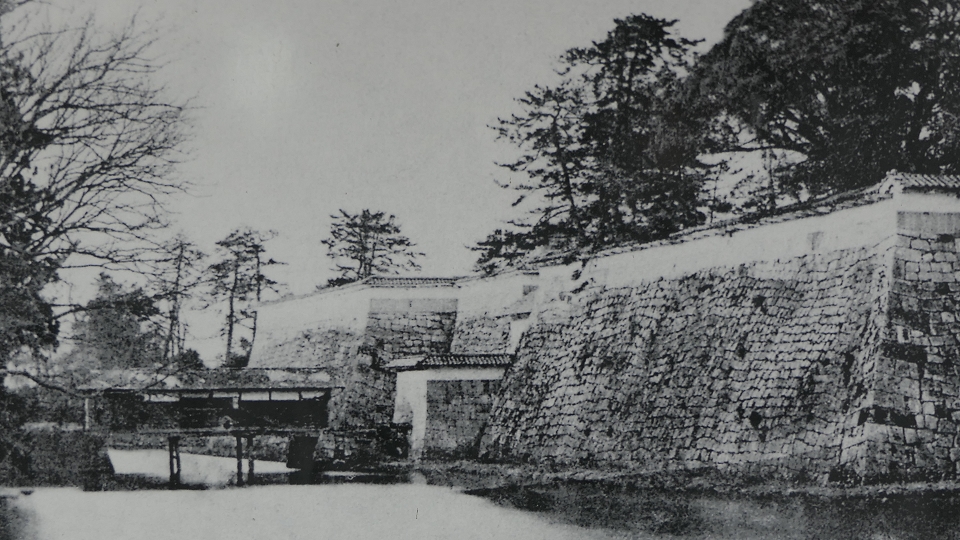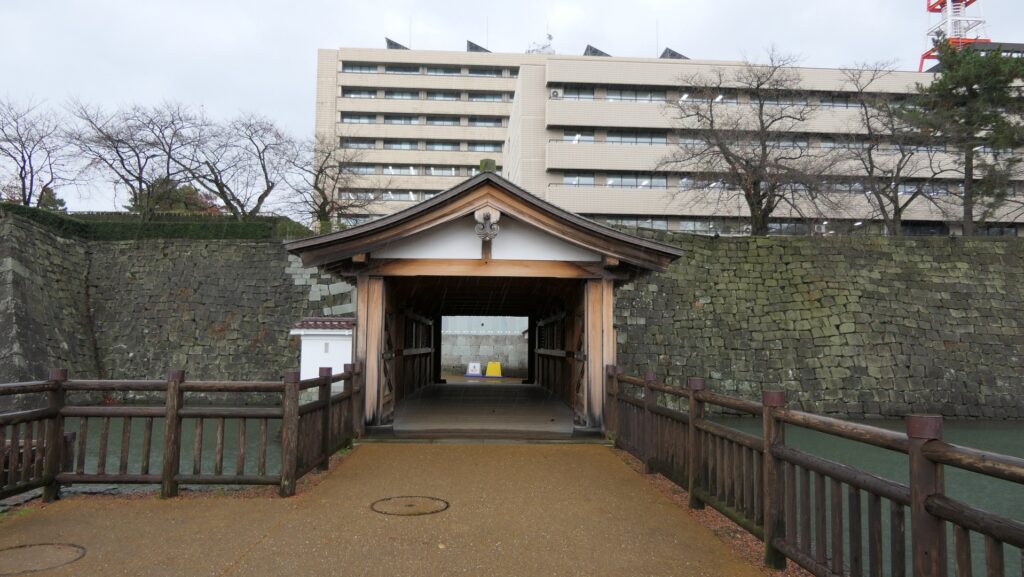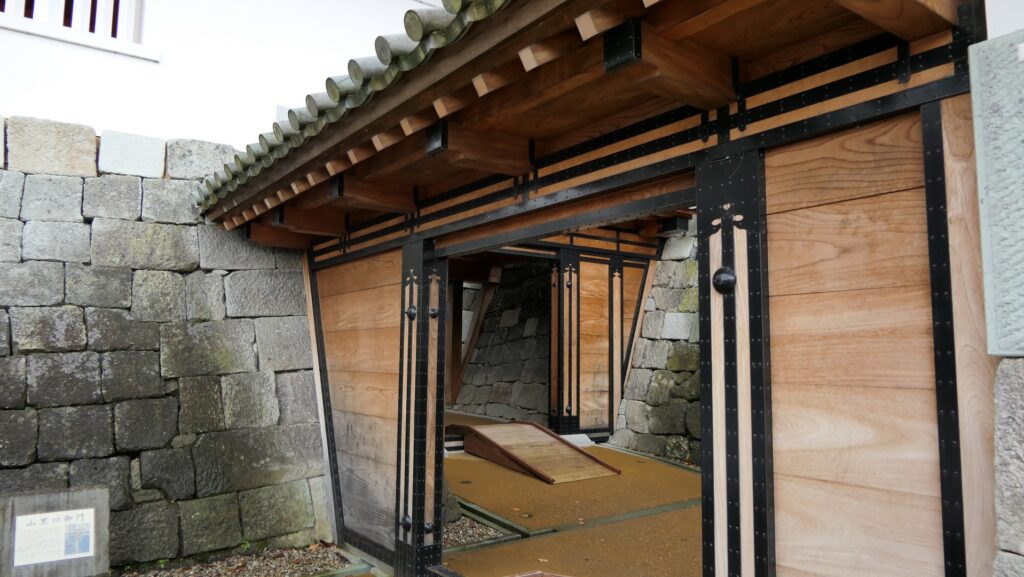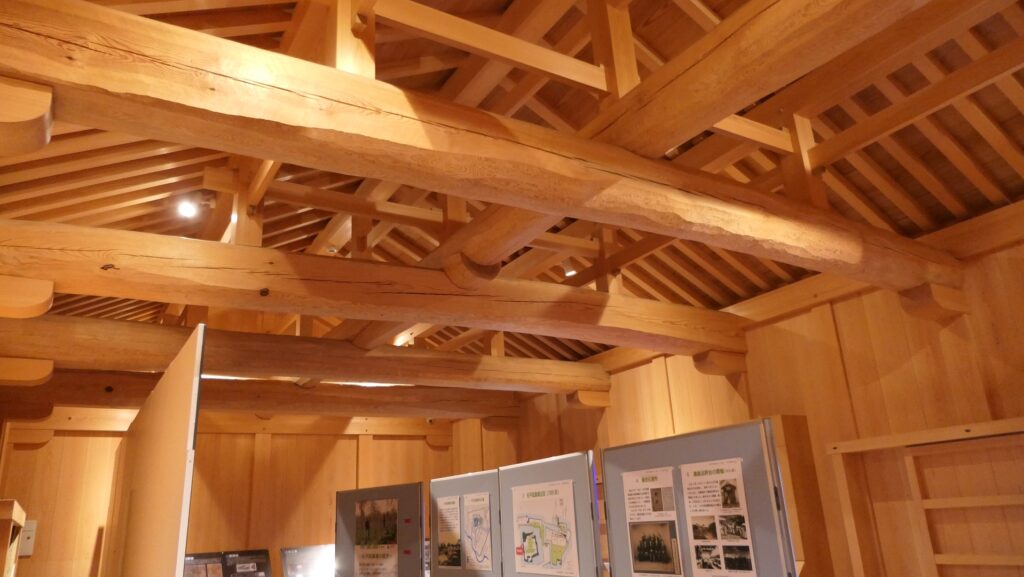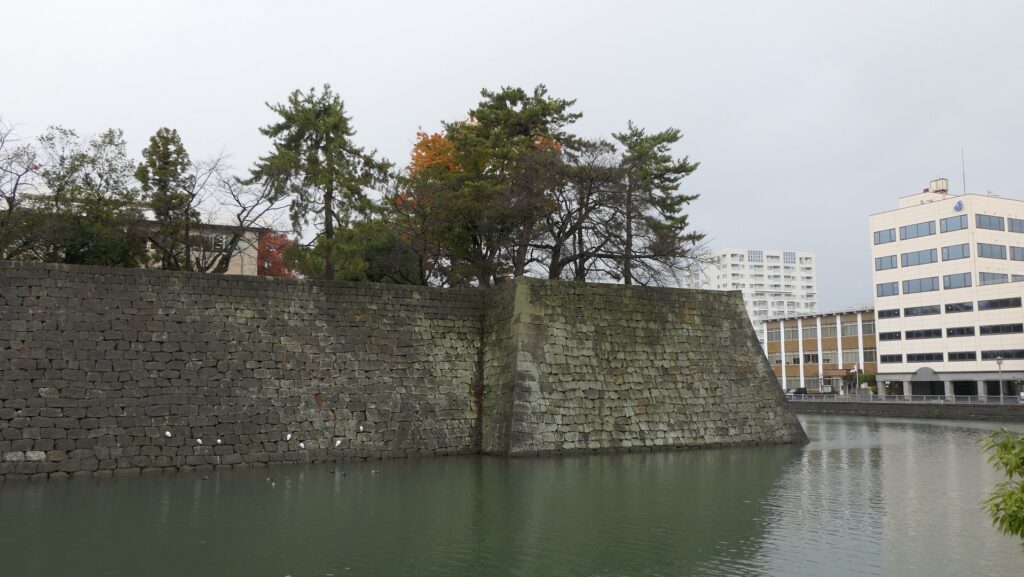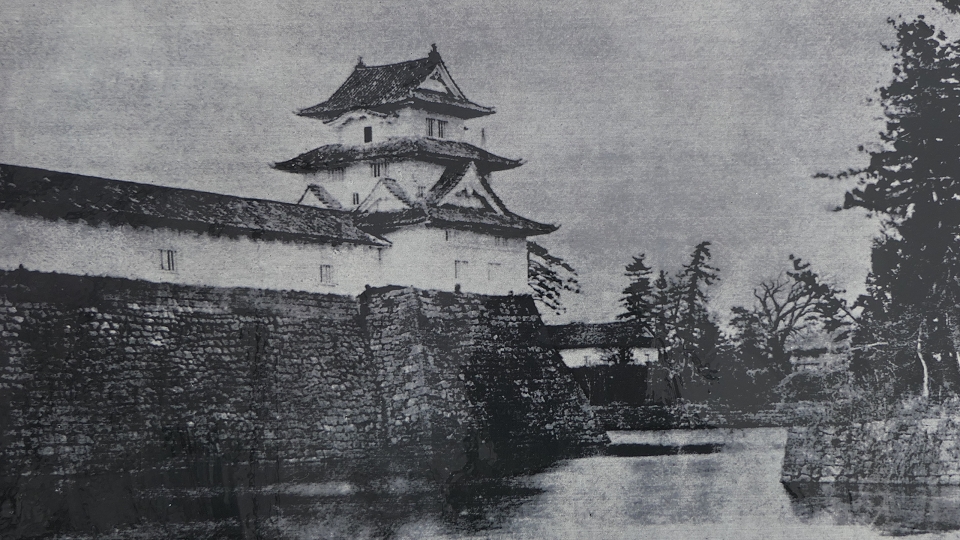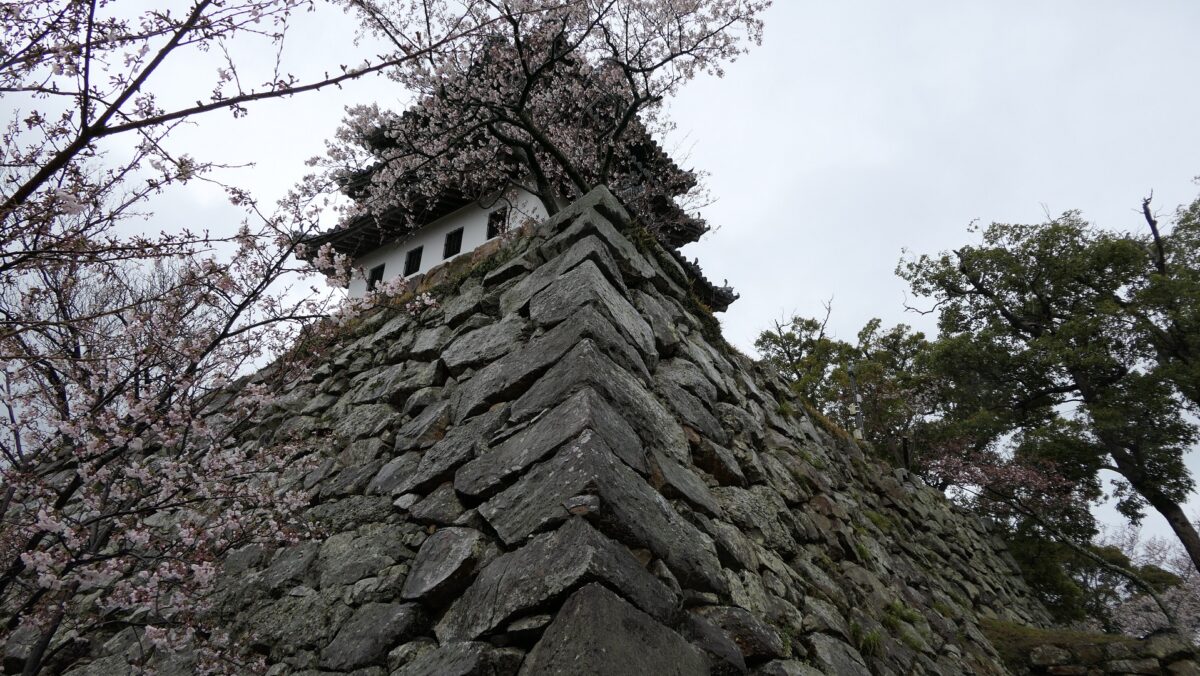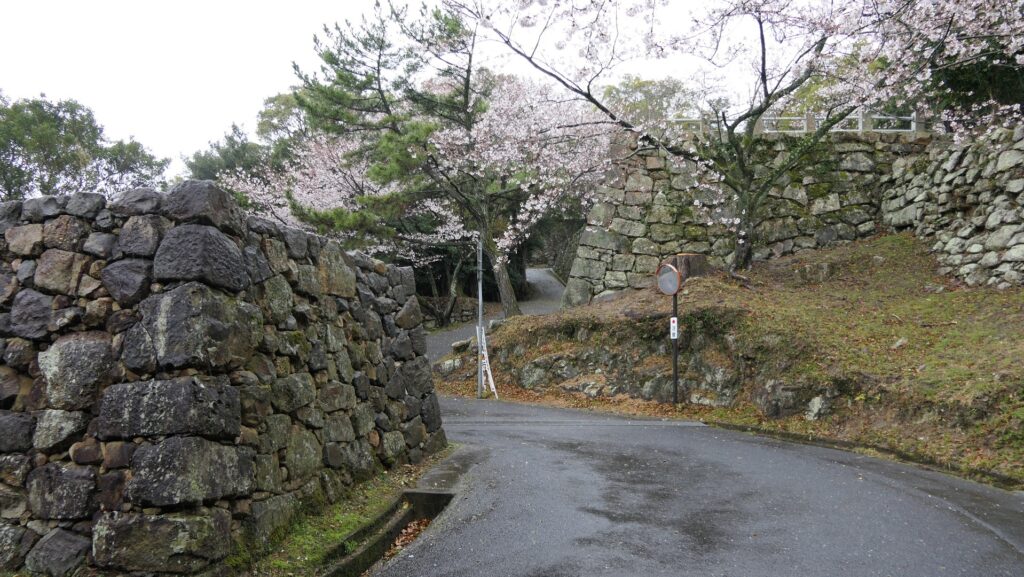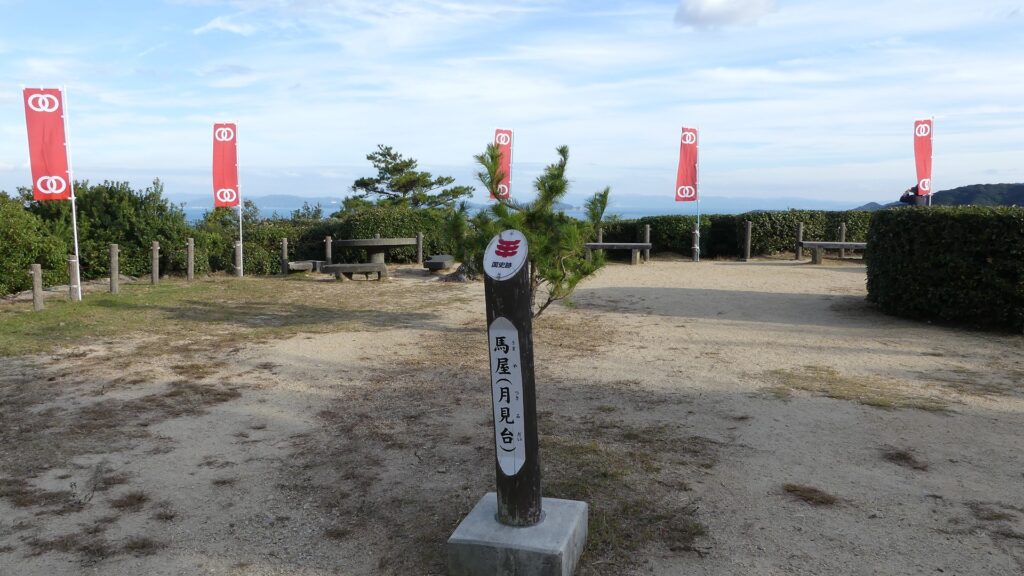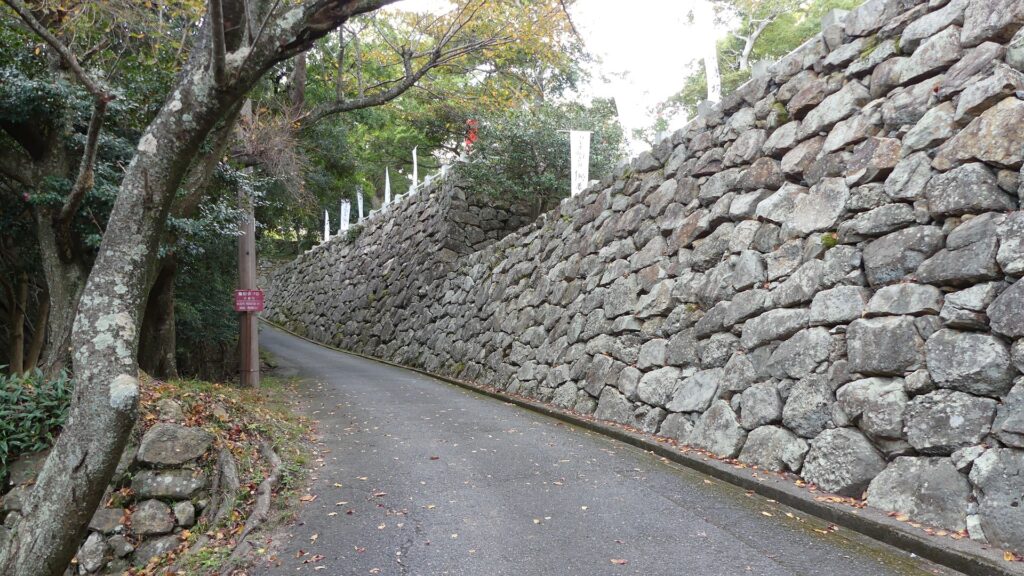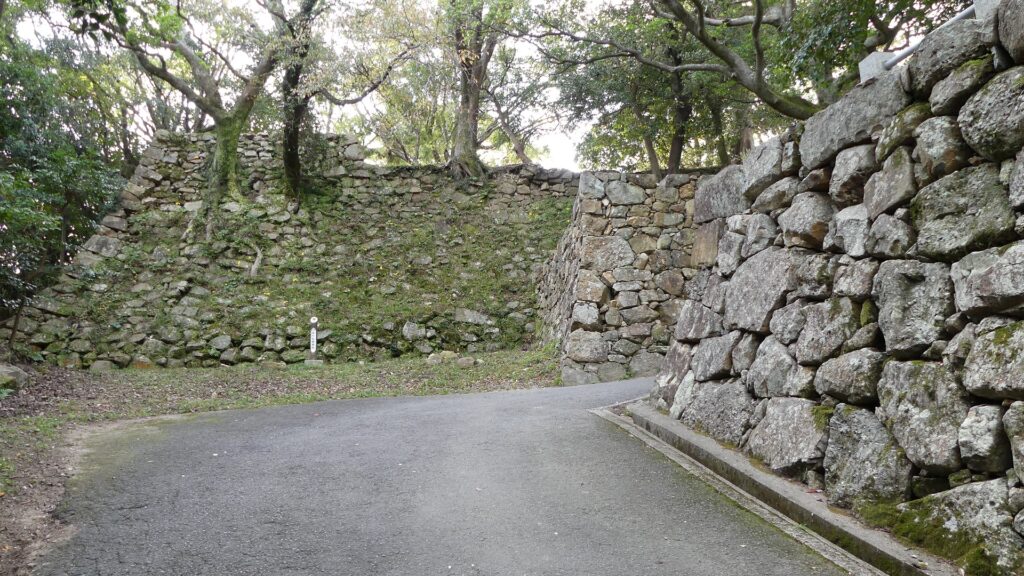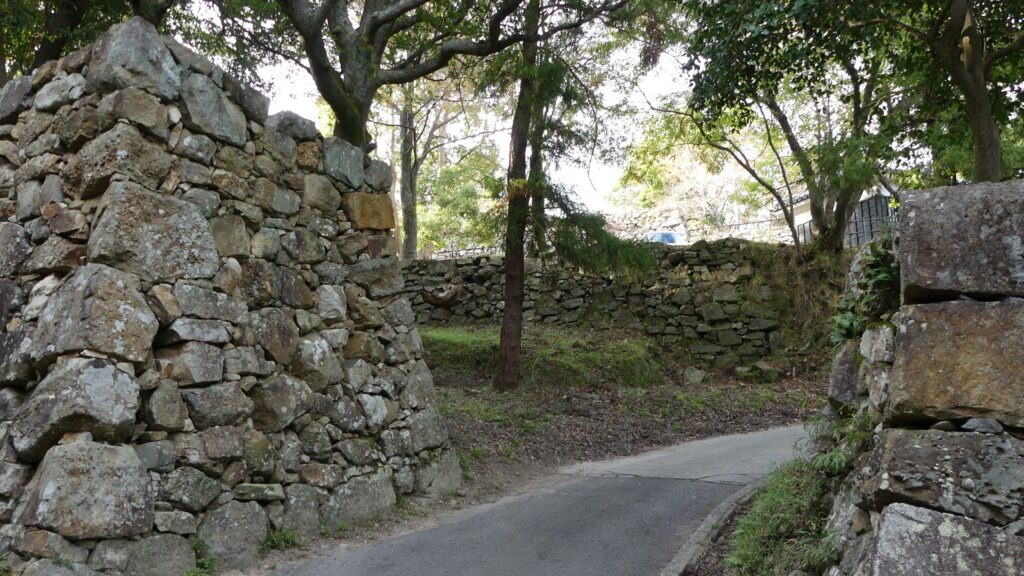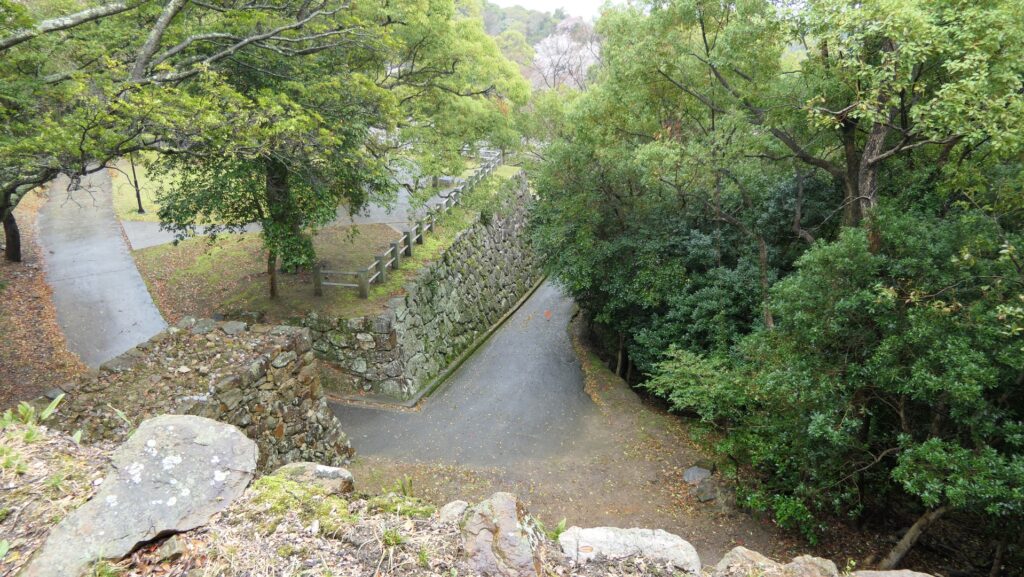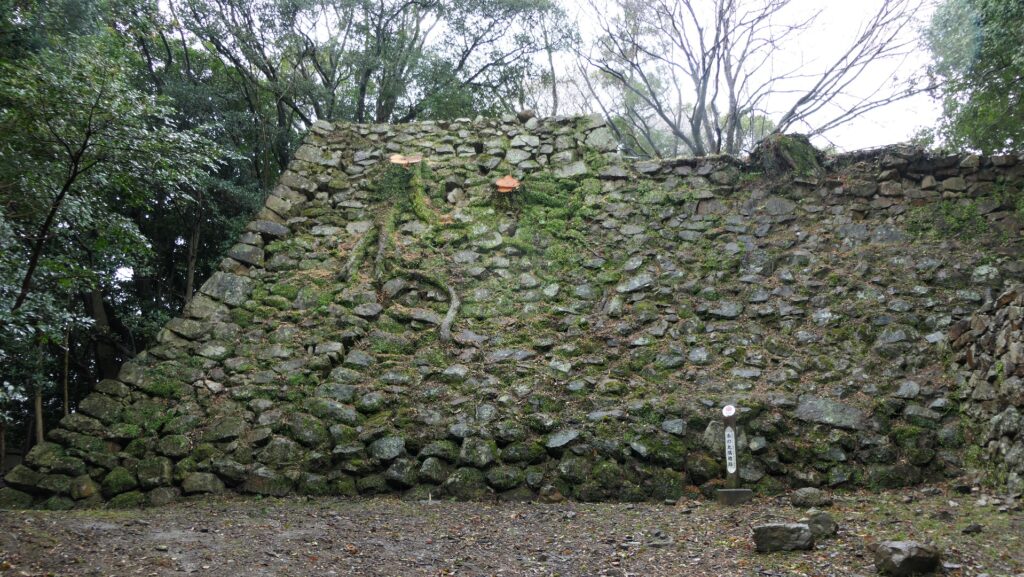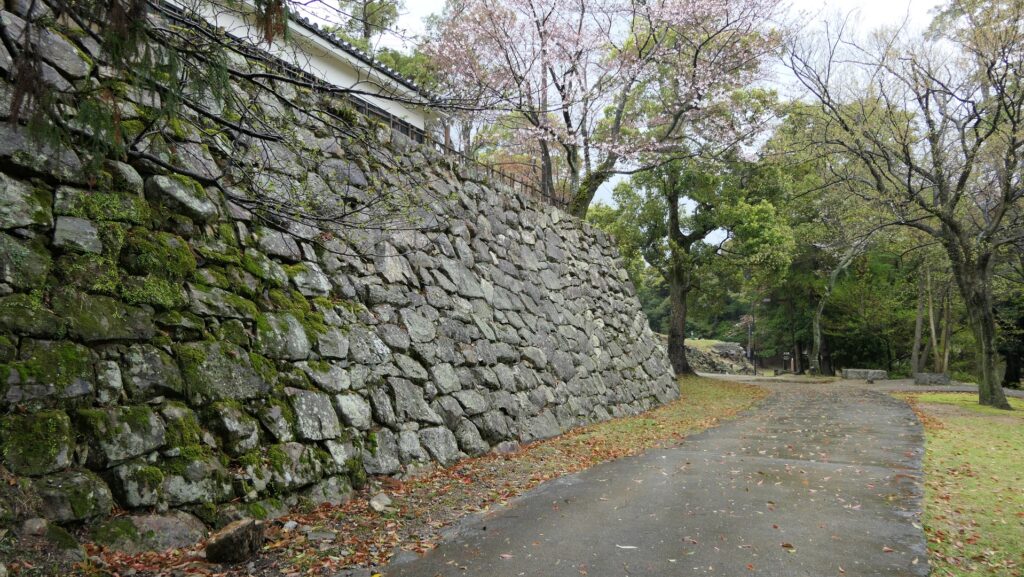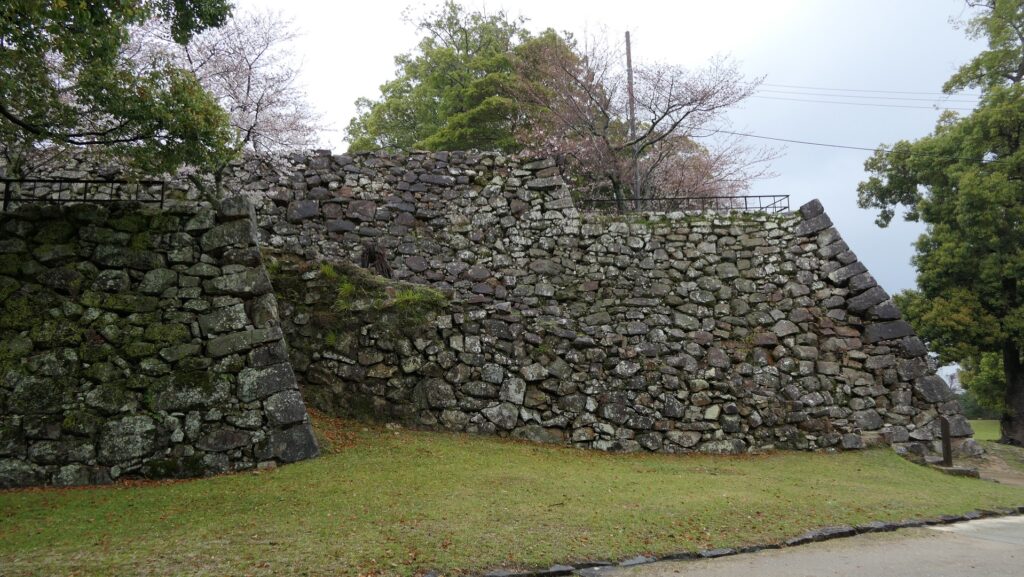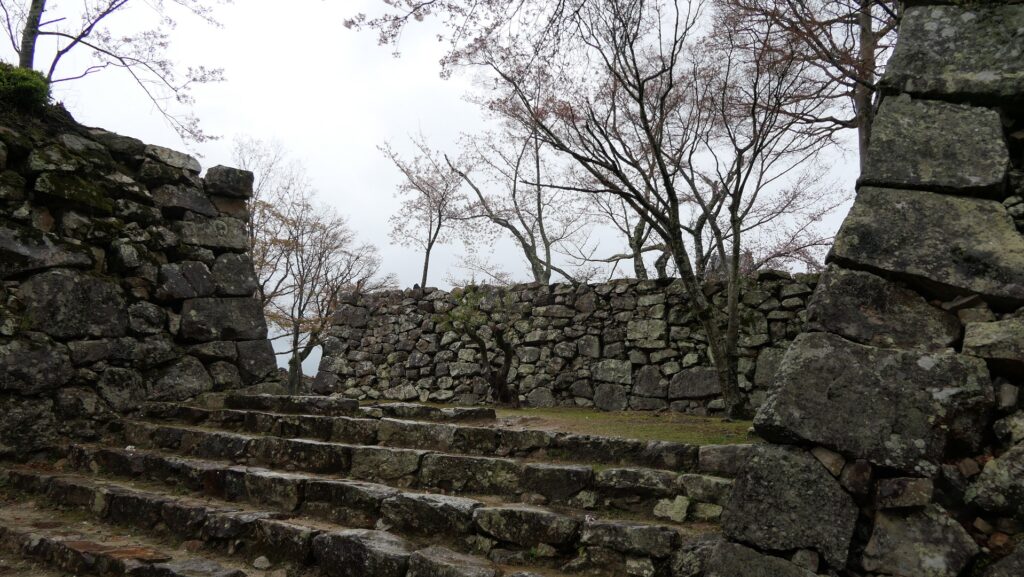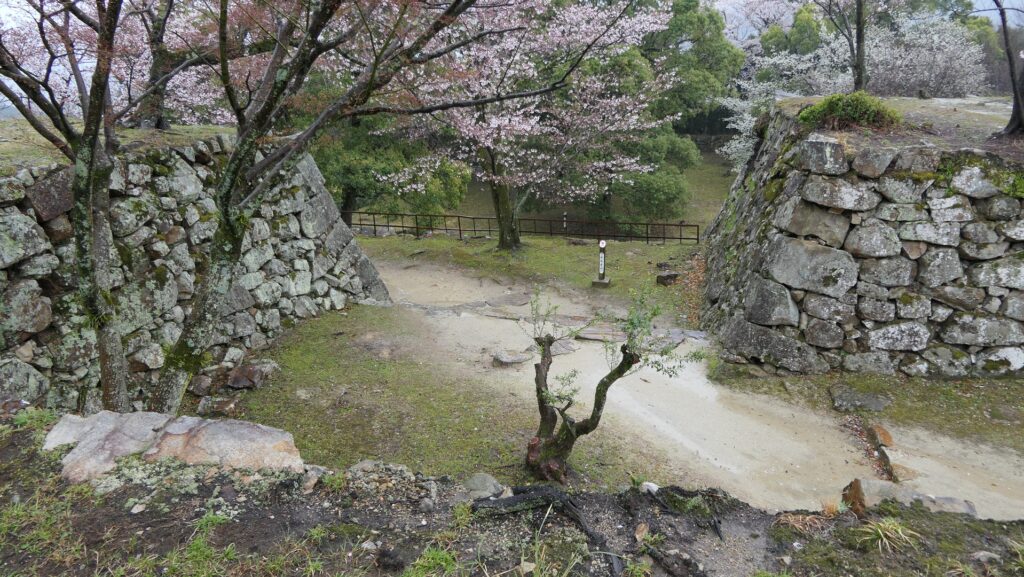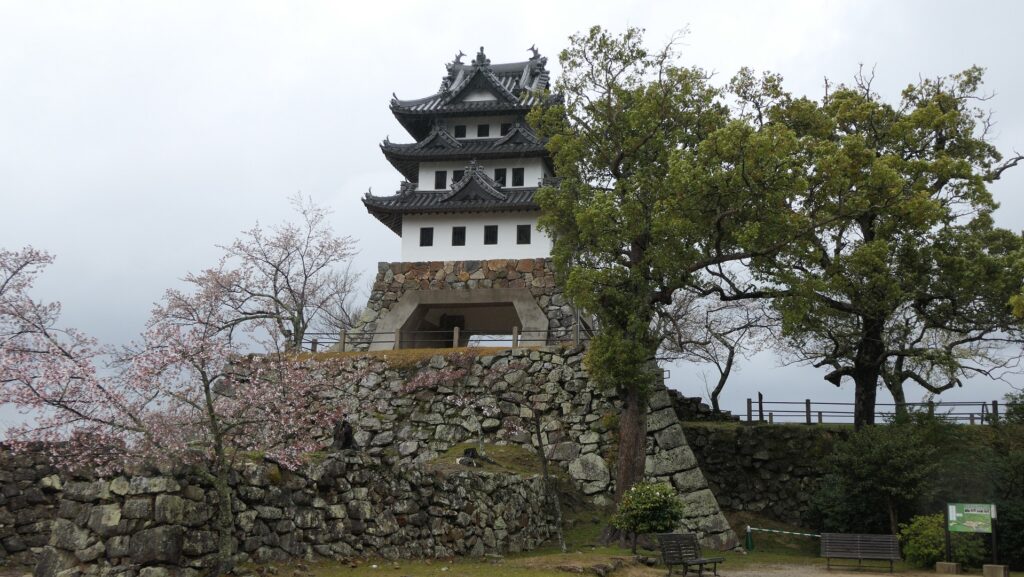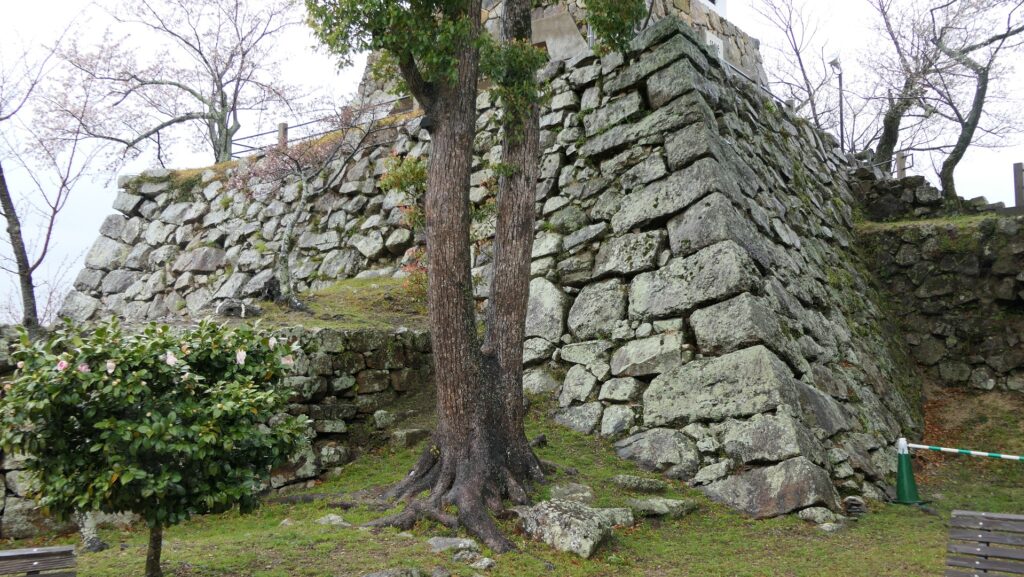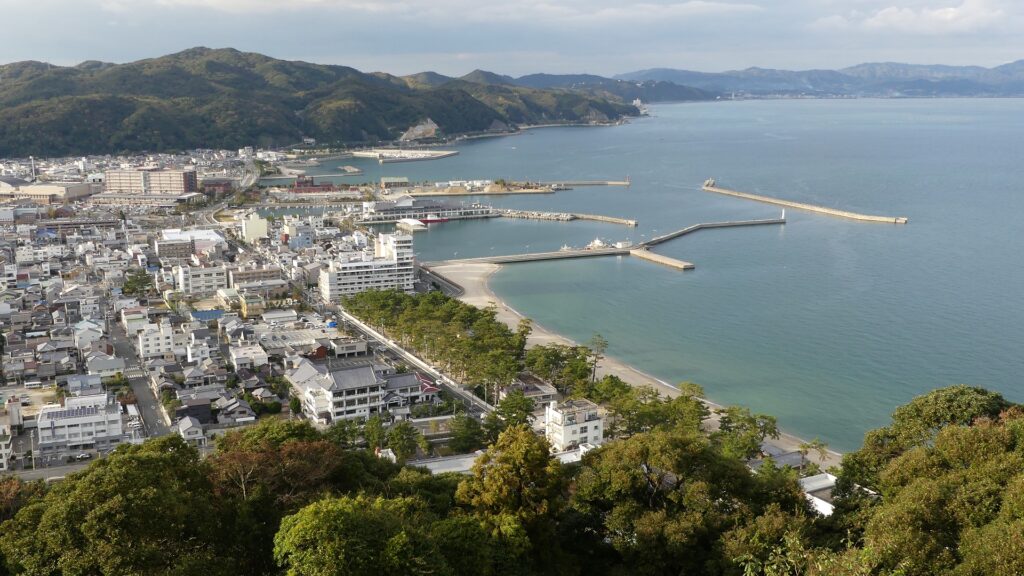Location and History
Katsutoyo Shibata builds Castle in Sengoku Period
Maruoka Castle was located in the northern part of Echizen Province, which is now Sakai City, Fukui Prefecture. The castle has one of the twelve remaining Main Towers in Japan. The castle was first built in 1576 during the Sengoku Period by Katsutoyo Shibata when his relative, Katsuie Shibata owned the province. After the Shibata Clan was defeated by Hideyoshi Hashiba in 1583, several clans such as the Matsudaira Clan owned the castle. The details of the early history of the castle are uncertain, but it is thought that it had the first Main Tower from that period. This is because the remaining stone wall base for the first Main Tower is older than the present Main Tower.
The location of the castle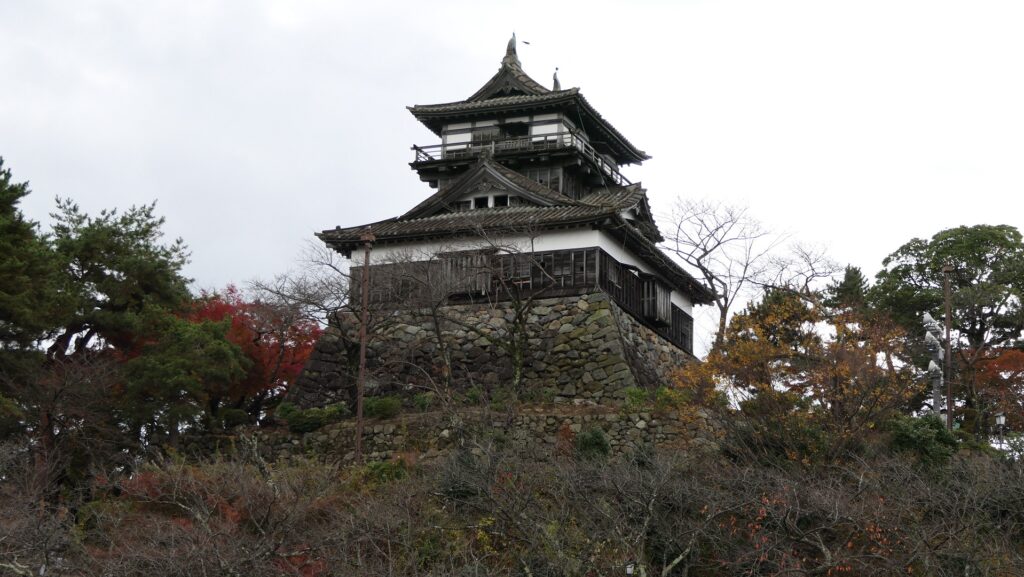
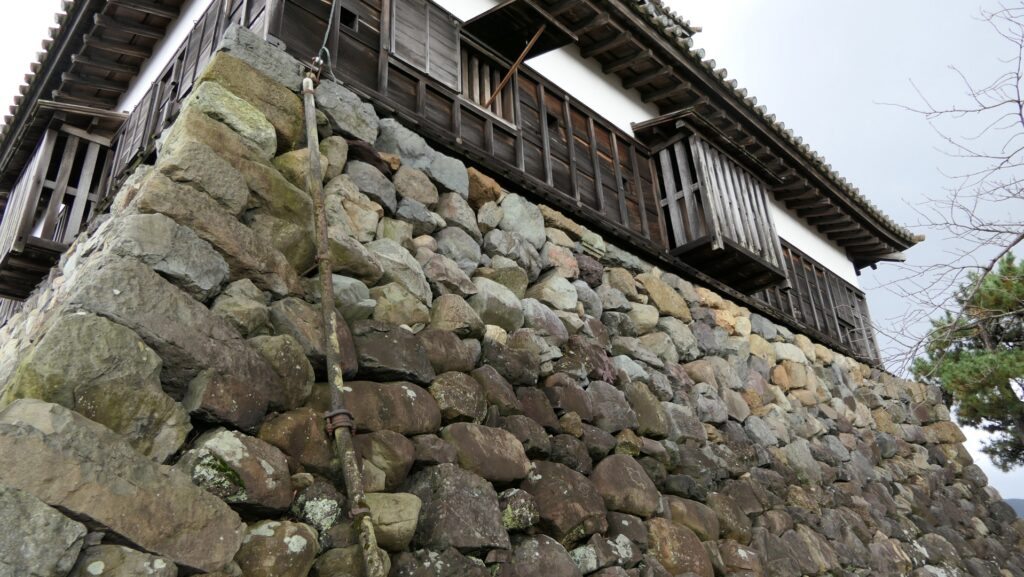
Narishige Honda becomes independent as Maruoka Domain
In 1624, Narishige Honda who was a senior vassal of the Matsudaira Clan became an independent lord of Maruoka Castle as the founder of the Maruoka Domain. He started to renovate the castle, including rebuilding of the present Main Tower. The renovation was completed in the period of Narishige’s son.
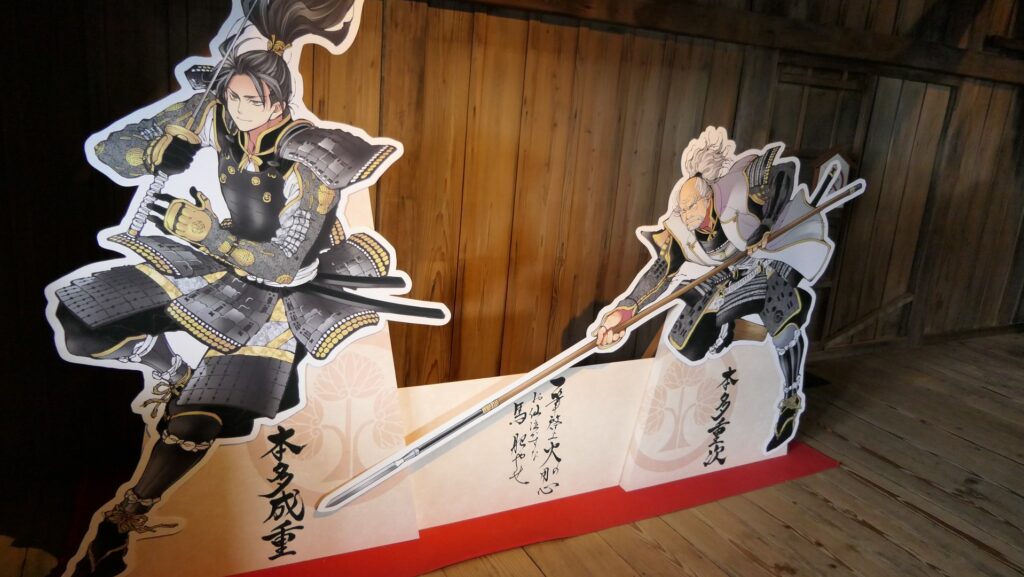
The Main Enclosure with the Main Tower was on a hill. The Second Enclosure with the Ninomaru Main Hall was on a flat area beside the Main Enclosure. These enclosures were surrounded by the Inner Moat like a pentagon. It is said that the shape of the moat was meant to make enemies confused when they would attack the castle. In addition, the Third Enclosure with the warriors’ houses and the Outer Moat surrounded the Inner Moat.

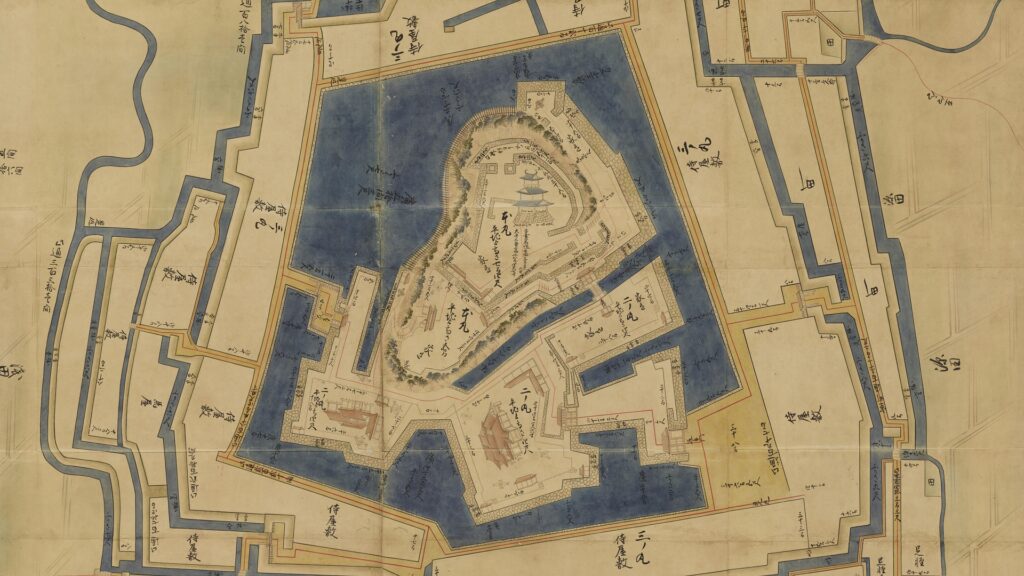
Arima Clan governs Castle until end of Edo Period
In 1695, the Honda Clan was fired by the Tokugawa Shogunate due to the clan’s internal trouble. As a result, the Arima Clan became the lord of Maruoka Castle and the Maruoka Domain. The clan maintained the castle and governed the domain until the end of the Edo Period.
